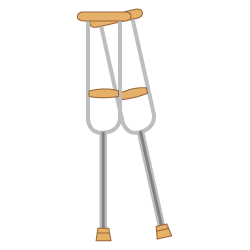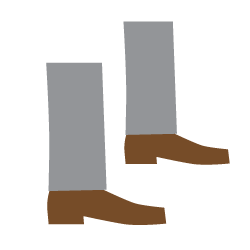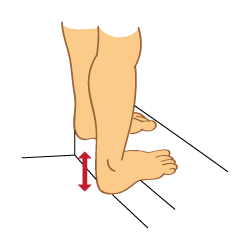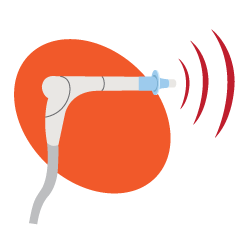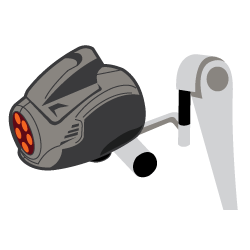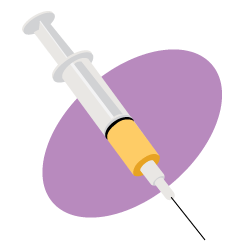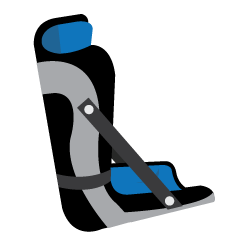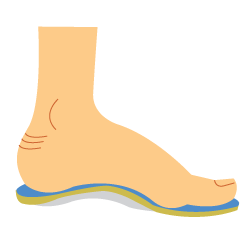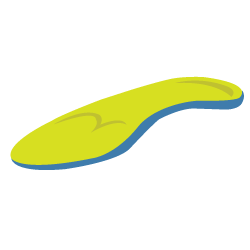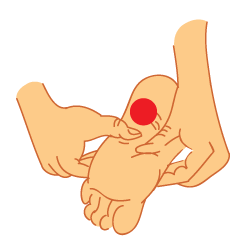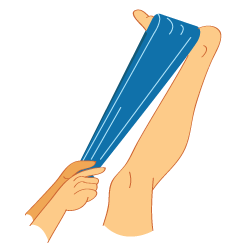You might be asking yourself “Who is King Brand, and why is their forum content so important?” Well, here's why! King Brand takes pride in knowing that their products will help heal people, and they aren't afraid to show it. Their commitment to helping people heal naturally, is the pillar on which the company has grown on.
The term BFST stands for Blood Flow Stimulation Therapy and it was created by King Brand Health Care. Blood flow is very important to help heal injuries, and after years of research and development they have come up with a product that does just what it says. No other company can match what King Brand does. They are the only company on the market that can directly target injuries at a cellular level with no surgery or doctors visits needed. Of course it’s important to visit the doctor when you've injured yourself, but their treatment modalities can be done in the comfort of your own home.
The King Brand forum is a great place to research specific ailments and to figure out whether or not the BFST and ColdCure products can help. Their treatment advisors are constantly posting on forums to help educate people on how to heal their injuries. If you can't find the answer you're looking for, then feel free to take part in their forum by registering.
Just below is a prime example of the quality customer service that King Brand provides on a daily basis. This is the perfect online community that will help educate, heal and get you back on your feet in no time.
Which BFST will treat the top and sides of my foot?
A customer asked, "Which BFST will treat the top and sides of my foot?"
Re: Which BFST will treat the top and sides of my foot?
The Ankle BFST has a coverage area that treats the top and sides of the foot. You can view the treatment area by clicking the link below, and scrolling down until you see the treatment area shown in yellow.
http://shop.kingbrand.com/product_info.php?products_id=240&REF=2160PV0.1522
→ Click here for the the full King Brand® Forum Experience
